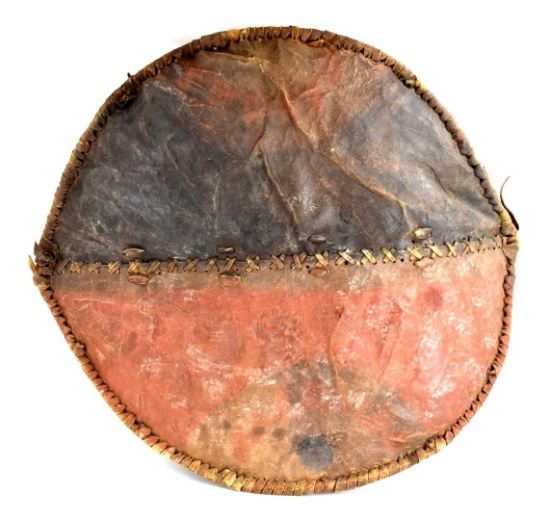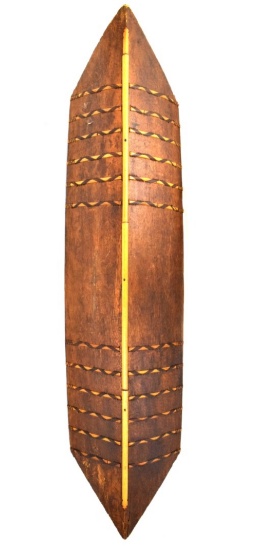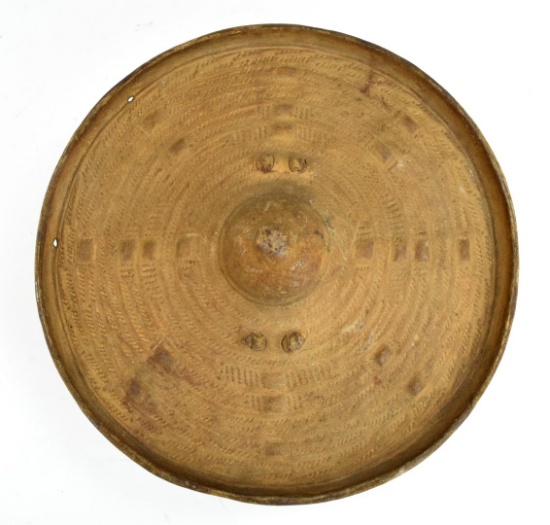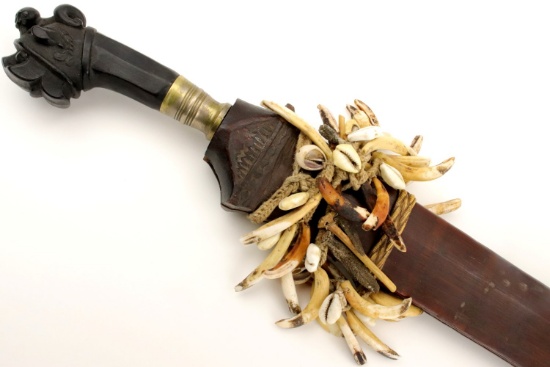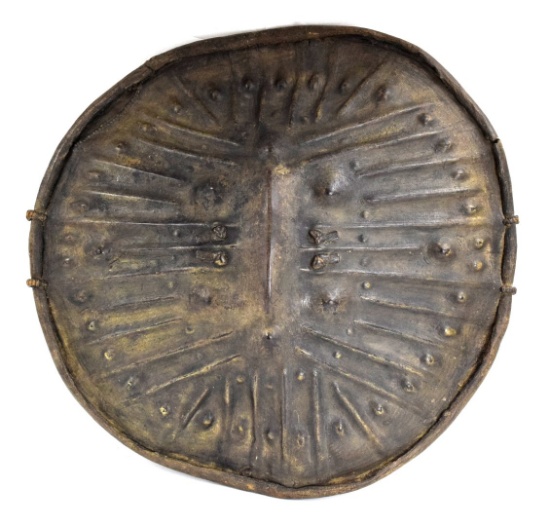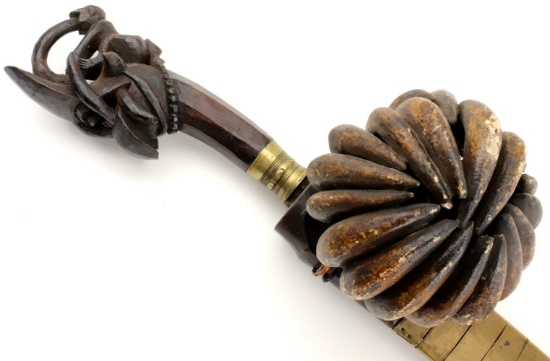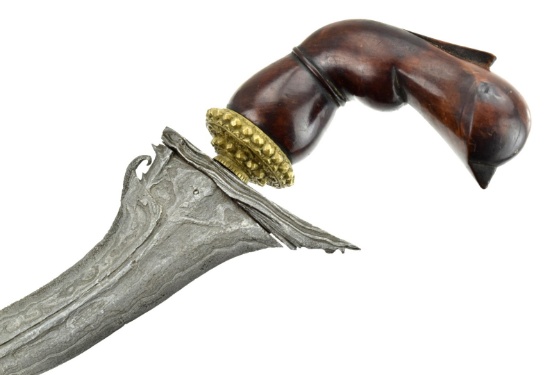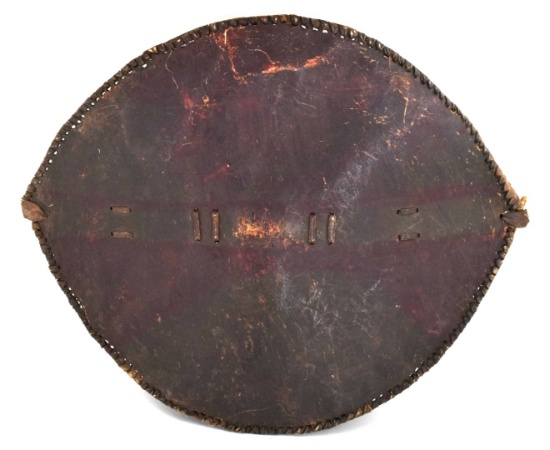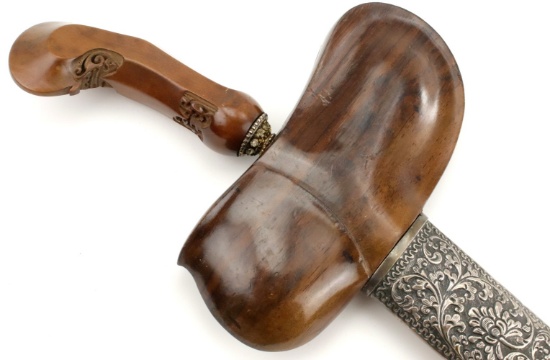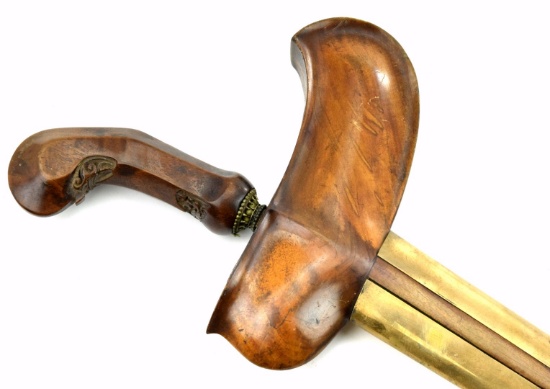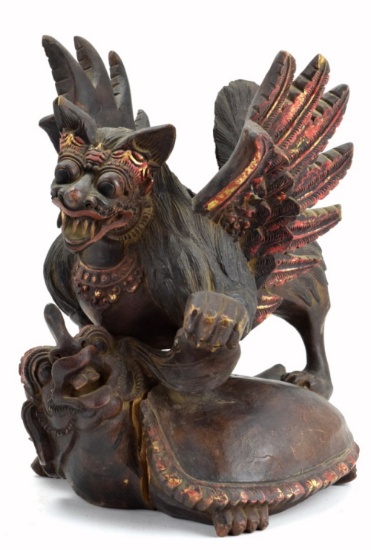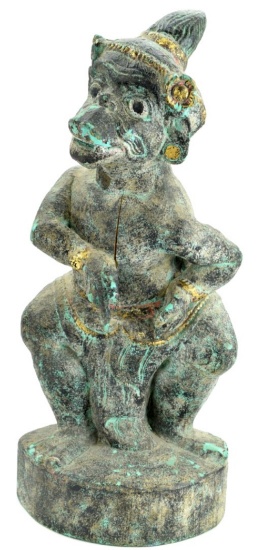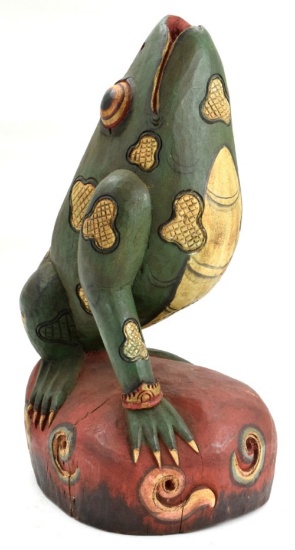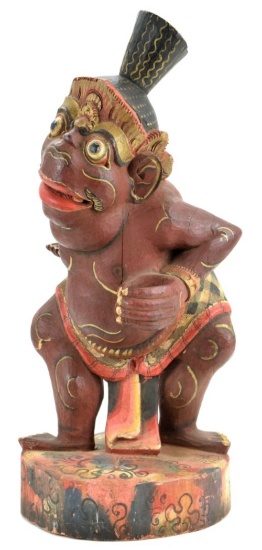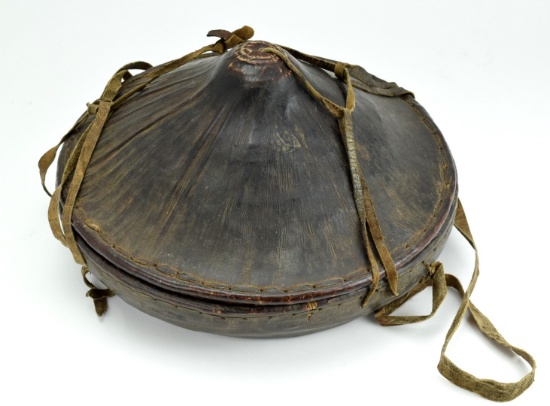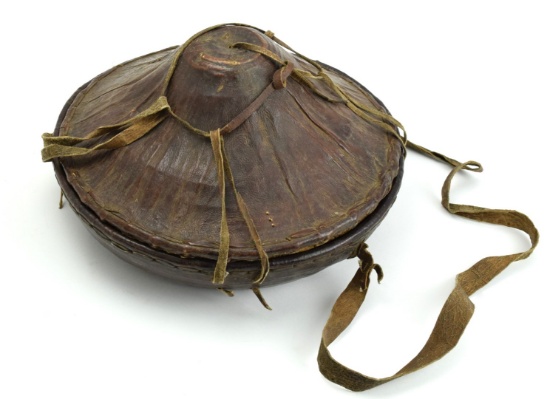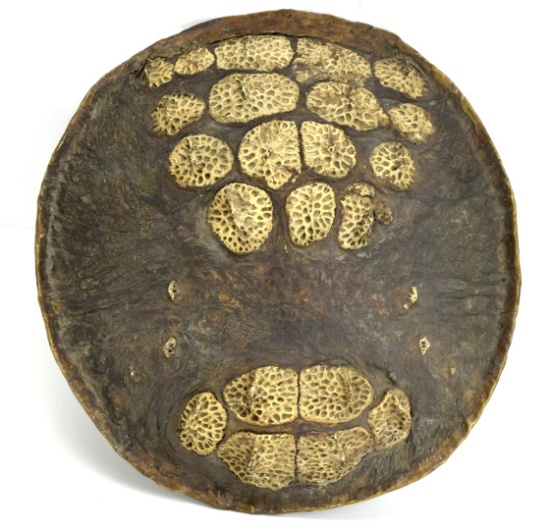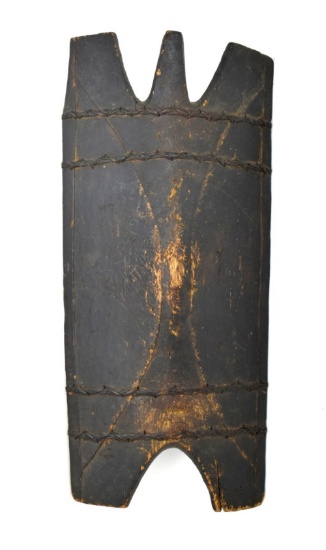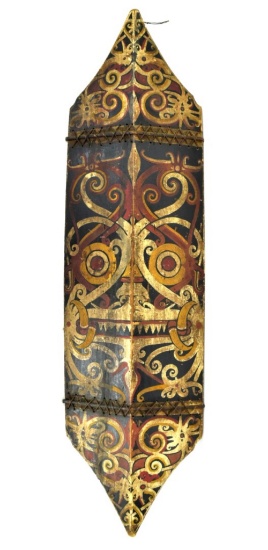Special Terms
The terms and conditions of auction purchases ("Sale") are outlined here and are applicable to any and all sales made through Sofe Design Auctions ("Auctioneer"). This includes sales completed in person, online, or absentee/phone bid. All sales will be completed at the discretion of the Auctioneer, and the Auctioneer reserves the right to cancel any sales and deny future transactions with any customer ("Buyer") if these terms are not met. All merchandise brought to sale by Auctioneer has been consigned by independent owners ("Consignor"), some items have confidential reserve.
No Exchange, No returns, No transfers, No canceling Bids placed online.
No warranty, all items AS IS AND WHERE IS.
ALL SALES ARE FINAL:
All sales are final, credit card chargebacks are not allowed. By agreeing to these terms, you are also agreeing not to reverse any credit card charges. This agreement supersedes any agreement customers may have with their bank or any other financial institution, including but not limited to credit card companies.
SOFE DESIGN AUCTIONS, its agents and employees, and the consignors do not warrant any lot to be merchantable, or to be suited for any purchase, and they do not assume any risk, liability or responsibility for any persons as to authenticity, genuineness, culture, source, origin, attribution, period, purpose or measurements of any lot. Any condition statement is given as a courtesy to a client, it is only an opinion and should not be treated as a statement of fact. SOFE DESIGN AUCTIONS shall have no responsibility for any error or omission. The absence of a condition statement does not imply that the lot is in perfect condition or completely free from wear and tear, imperfections or the effects of aging.
BEFORE THE AUCTION SALE All buyers are strongly advised to inspect all items before auction as all items are sold AS IS, WHERE IS. Although Auctioneer makes every effort to express accurate descriptions and commentary given to Buyers online, in Auctioneer's catalogue, marketing material or verbal interactions, Auctioneer makes no guarantee or warranty of any kind with respect to the physical condition, size, quality, rarity, medium and materials, age, authenticity, provenance, culture, source, or historic significance of any goods. Employees, consignors, or any other representative of SOFE DESIGN AUCTIONS are not authorized to provide written or verbal guarantees. Buyers must depend on their own review of the merchandise. All merchandise is sold AS IS, WHERE IS, regardless of condition, or additional review of merchandise gained after the sale. ALL SALES ARE FINAL.
PREVIEW:
BY APP.
401 S. Sherman St., Ste 221
Richardson, TEXAS 75081
Phone: 469-268-1177
Email: info@sofedesignauctions.com
Absentee and Phone bids are accepted at the Auctioneer's discretion. Buyers registering for phone or absentee bids must do so before 5 p.m. the day prior to the auction. All phone or absentee bids must be submitted in writing a signed agreement of the terms by Buyer via fax, email, or online submission to Auctioneer to be accepted. Auctioneer will not be held responsible if unable to reach buyers wishing to bid by phone. Auctioneer shall not be held responsible or liable for absentee or phone bids that are missed or otherwise not executed. Cancellation of any phone or absentee bids must be submitted in writing and executed at least twenty-four (24) hours prior to the start of the auction. Submission in writing via fax, or email will be the only guarantee methods of cancellation acceptance. Online Bids are accepted at the Auctioneer's discretion through http://www.LiveAuctioneers.com, and www.Invaluables.com. All buyers who register to bid online via www.Liveauctioneers.com, and www.Invaluables.com are also subject to approval by Auctioneers before registration is approved and must submit a signed agreement of the terms. Only those who submit for registration (24) hours prior to auction date will be guaranteed consideration for registration. All those submitting less than 24 hours before the start of an auction are only approved based on the discretion of the Auctioneer. Bidder Approval Forms required to be completed for online bidding consideration can be found on Auctioneer's website: https://www.sofedesignauctions.com. The Buyer is responsible for all bids made on their Liveauctioneers.com/Invaluables.com/AuctionZip.com accounts. All bids received via Liveauctioneers.com/Invaluables/AuctionZip.com will be final. NO CANCELLATION OF BIDS PLACED ONLINE WILL BE ACCEPTED REGARDLESS OF A REASON. All bids via phone, fax, email, or in person are final and binding regardless of Buyer's input errors. Auctioneer also does not accept liability for technology, website or internet failure, or unforeseen circumstances that may influence the execution of bids.
The contact information provided by the purchaser must be accurate and true. The Auctioneer reserves the right to request a deposit of up to 10,000 USD to be provided before bidding and will be used against any and all purchases made at this auction. ALL NEW BIDDERS WITH NO BIDDING HISTORY WILL BE ASKED FOR A DEPOSIT. All bidders who do not contact us to arrange payment 5 business days after the auction may have their credit card charged without notice. All credit card charges are final and may not be disputed. Disputing credit card charges will put buyers in violation of this agreement and will subject them to legal fees, punitive damages, etc. All sales are final. Since all sales are final, credit card charge backs are not allowed. By agreeing to these terms, you are also agreeing not to reverse any credit card charges. This agreement supersedes any agreement customers may have with their bank or any other financial institution, including but not limited to credit card companies. We do not accept returns. Any items returned without prior written authorization will be considered abandoned and will become the property of SOFE DESIGN AUCTIONS, LLC.
Auctioneer and it's employees shall not be held liable for any damages or injury to person or property sustained as a result from handling merchandise including, but not limited to lifting, moving, loading, or packaging of merchandise before or after the sale. Buyer is responsible for the packing, loading and removal of all merchandise.
It is the buyer's responsibility to arrange and pay for shipping. Unless prior arrangements have been made with SOFE DESIGN AUCTIONS, LLC, items not removed from our facility within 14 business days will be assessed a storage and handling fees of 25 USD per item per day. The min. charge is 100 USD.
Your items will not be released without your written authorization.
Please complete 'Shipping Release Authorization form' by following the link below:
https://sofedesignauctions.com/shipping.php
Property not collected within 60 days of the close of the auction will be considered abandoned and any money paid to SOFE DESIGN AUCTIONS, LLC by the purchaser will be considered liquidated damages.
DURING THE AUCTION SALE
The Auctioneer is acting as agent only to the sale of merchandise and is not responsible for any actions of Consignors. All items are subject to a confidential reserve unless otherwise stated. Auctioneer reserves the right to withdraw any lots from the sale and to deny Buyer's participation during a sale for any reason. Auctioneer reserves the right to reject any bid or bar any person from the Auctioneer's premises. Upon the occurrence of a dispute during or after a sale, Auctioneer's decision will be final. All information regarding merchandise is subject to clarification, changes or disclaimer at the time the item is being auctioned and will be sold based on Auctioneer's verbal or written information at time of the Sale. All bids via phone, fax, email, or in person are final and binding regardless of Buyer's input errors. Auctioneer also does not accept liability for technology, website or internet failure, or unforeseen circumstances that may influence the execution of bids.
AFTER AUCTION SALE
PAYMENT
Full payment includes hammer price, buyer's premium and all applicable taxes, VISA/Mastercard credit card (3% fee) or bank wire processing fees (40 USD), checks, money orders.
MAIL PAYMENTS TO:
SOFE DESIGN AUCTIONS
401 S. Sherman St., Ste. 221
RICHARDSON, TEXAS 75081
For bank details please email us directly at info@sofedesignauctions.com.
All sales are final regardless of method of bidding or payment options. Auctioneer DOES NOT accept PayPal. Auctioneer may, at their discretion, hold merchandise until check or wired funds clear bank account. If payment is not received within ten (10) business days of the sale, Auctioneer reserves
the right to cancel sale and resell merchandise at a public or private sale. Failure to provide payment will result in revoking the Buyer's right to participate in future sales with Auctioneer. Payment options and terms for each type of auction participation is outlined below.
FLOOR BIDS: All purchases are subject to a 20% buyer's premium. Full payment must be made the day of the sale. Accepted methods of payment are cash, approved check, or Visa/MasterCard. Additional 3% Credit Card processing fees will be applied to all Credit Card Payments. Credit Card limit 5000 USD per transaction. Checks must be drawn on a U.S. bank, and must have the same address as Bidder's Driver License. At Auctioneer's discretion, a money order, cashier's check or bank wire may be required. Failure to provide payment will result in revoking the Buyer's right to participate in future sales with Auctioneer.
ABSENTEE AND PHONE BIDS: All purchases are subject to a 20% buyer's premium. New Bidders must pay a security deposit for the amount of 500USD and up to 10,000USD. Full payment must be made within five (5) business days of sale. Payment terms are checks, money orders, cashier's checks or bank wire transfer(40 USD fee), VISA/Mastercard. Additional 3% Credit Card processing fees will be applied to all Credit Card Payments. Credit Card limit 5000 USD per transaction. At Auctioneer's discretion, a money order, cashier's check or bank wire (40 USD fee) may be required. Failure to provide payment will result in revoking the Buyer's right to participate in future sales with Auctioneer.
ABSENTEE AND PHONE BID DEPOSIT REFUNDS: Phone Bid Deposits are Non-Refundable if the balance of the amount owed or outstanding for a winning lot is not paid in full by or before 30 days.
ONLINE BIDS: All purchases are subject to a 25% Buyer's Premium. Full payment must be made within five (5) business days of sale. Payment terms are credit card processing service (3% fee), checks, money orders, cashier's checks or bank wire transfer (40 USD fee), VISA/Mastercard (3% fee). Credit Card limit 5000 USD. All successful online Buyers will receive an emailed invoice within ( 24-48) hours of the end of a sale. If the Buyer does not receive notification within (48) hours, Buyer remains responsible for all items purchased and retains the responsibility of providing payment. If Buyer fails to provide cleared funds within five (5) business days of the sale, they will receive a negative feedback report associated with their LiveAuctioneers.com / Invaluable.com/ AuctionZip.com profile and will not be permitted to registration for future sales. All bidders who do not contact us to arrange payment within five (5) business days after the auction may have their credit card charged for the full invoice including all fees without notice. All credit card charges are final and may not be disputed. Disputing credit card charges will put buyers in violation of this agreement and will subject them to legal fees, punitive damages, etc.
TAXES: State and local taxes will be applied to all merchandise. Buyer will be exempt from taxes if Buyer presents to Auctioneer a current resale license number prior to auction
ENDANGERED SPECIES: Certain property sold at auction such as Huanghuali, Huali, ivory, rhinoceros horn, tortoise shell, coral or whalebone, irrespective of age or value, may require a certificate or license before exportation and additional certificates or licenses upon importation to another country. Sofe Design Auctions suggests that buyers check on their government import requirements before placing a bid. Please note that the ability to obtain an export certification or license does not ensure the ability to get an import certification or license in another country, and vice versa. It is the purchaser's responsibility to obtain any export or import certificates and/or licenses as well as any other required documentation. In the case of denial of any export or import license or of delay in the obtaining of such licenses, the purchaser is still responsible for making on-time payment of the total purchase price for the lot. Although licenses can be obtained to export some types of endangered species, other types of endangered species may not be exported at all, and other types may not be resold in the United States. Please check with third party shippers if you are uncertain about whether a lot is subject to these export/import certificate and license requirements, or any other restrictions on exportation. Please also note that it is the purchaser's own responsibility to identify and obtain any necessary export, import, firearm, endangered species or other permit for the lot. Any notices in the sale catalogue reflect SOFE DESIGN AUCTIONS reasonable opinion at the time of cataloguing and are for bidder's general guidance only. SOFE DESIGN AUCTIONS makes no representations or warranties as to whether any lot is , or is not subject to export or import restrictions.
STORAGE AND SHIPPING
Immediate removal of purchased merchandise is requested when payment is received, and shall be done at the expense, liability and risk of the Buyer. All arrangements for removal will be at the convenience of Auctioneer. Failure to remove merchandise immediately after completion of payment within the (14) business days following sale completion will be subject to storage fees of 25 USD per day per item. After (60) days items will be considered abandoned. Auctioneer will apply any deposit to loss, damages, and expense incurred in the resale of merchandise not paid for in full or removed in the time specified and shall retain any balance as liquidated damages.
You are welcome to use any shipping methods.
Sofe Design Auctions also offers both in-house shipping (US only) and third party shipping worldwide.
IN-HOUSE SHIPPING - offered within US only at a reasonable fee, based upon package size rather than the number of lots or weight of the package. If you will require shipping of your lot(s), please advise us promptly via email at
info@sofedesignauctions.com
Approx. General fees:
Packing and shipping within the United States :
Boxes 6" x 6" x 24" $75 ea.
Boxes 6" x 6" x 48" $95 ea.
Boxes 12" x 12" x 48" $125 ea.
Note: Up to $1000 insurance is included, additional insurance is extra.
THIRD PARTY SHIPPERS.
As an option we provide recommended list of shippers. Please refer to shipping page
Third party shippers have a copy of the auction catalog and only require the auction date, the lot/s number of the item/s you bought, your shipping address and your insurance requirements. They will then quote shipping and packing on your behalf on a competitive basis.
BID INCREMENTS
Price Bid Increments
$0-$29......................$5 increments,
$30-$99.....................$10 increments,
$100-499....................$25 increments,
$500-$999...................$50 increments,
$1,000-$4,999...............$100 increments,
$5,000-$9,999...............$250 increments,
$10,000- $49,999............$500 increments,
$50,000-$99,999.............$1,000 increments,
$100,000-$199,999...........$5,000 increments,
$200,000+.........................$10,000 increments
© 2010-2021 Sofe Design



 x Cancel
x Cancel
